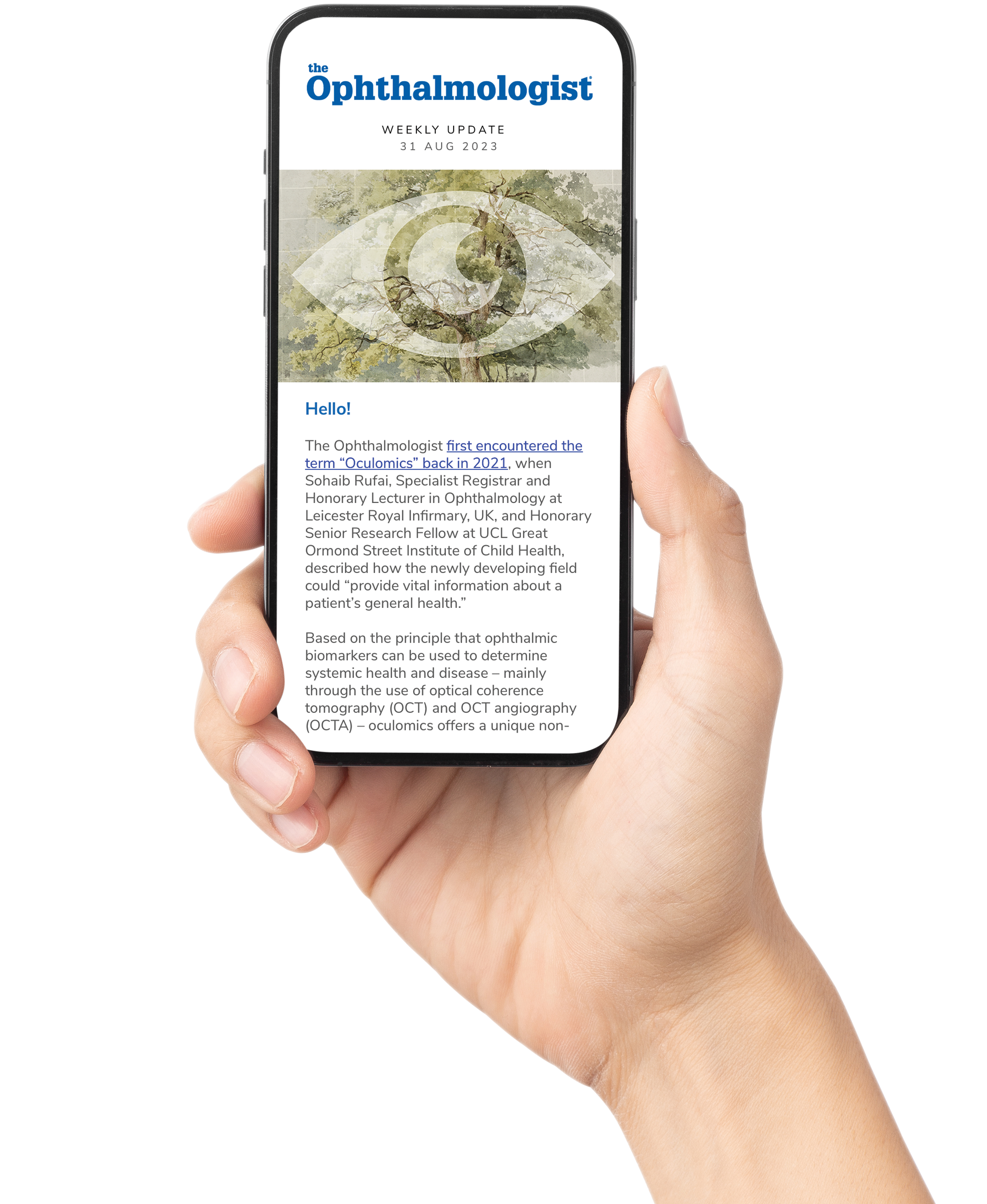
Therapeutic approaches to treat AMD
Are-related macular degeneration (AMD) remains the leading cause of blindness in individuals over 50. Anti-VEGF therapies have revolutionized the treatment of wet AMD, yet the majority of patients suffer from the non-neovascular (dry) form, where progressive retinal degeneration culminates in geographic atrophy (GA).
The first approved therapies for GA, targeting complement activation, marked an important milestone with FDA approval. However, their modest effect on slowing lesion growth, without evidence yet of functional benefit, together with the burden of monthly or bi-monthly intravitreal injections and safety concerns, including a possible increased risk of conversion to neovascular AMD, have limited their clinical adoption and prevented approval in Europe. These limitations have intensified the search for upstream mechanisms to slow or halt disease progression. Among these alternative candidates is iron.
Role of iron dysregulation and transferrin
Iron is essential for life. It fuels mitochondrial metabolism, oxygen transport, the visual cycle, DNA replication, and neurotransmission. But in excess it becomes toxic. Free iron generates reactive oxygen species, leading to oxidative stress, lipid peroxidation, and ferroptosis, a form of regulated necrosis increasingly recognized in neurodegeneration, from Parkinson’s to Alzheimer’s disease (1). Like the brain, the retina is particularly vulnerable, given its high metabolic activity and constant exposure to light and oxygen.
Abnormal iron deposits were first documented in the retinas of dry AMD patients over two decades ago (2). Since then, multiple lines of evidence, from human tissue to animal models, have pointed toward iron overload as a driver of retinal degeneration (3). Today, iron dysregulation is increasingly recognized as a therapeutic target, alongside a deeper understanding of iron-related cascades — most notably ferroptosis.
This is where transferrin enters the story. Transferrin is a glycoprotein responsible for binding and transporting iron safely through the body. By sequestering iron, transferrin maintains normal iron homeostasis, preventing the uncontrolled chemistry that generates toxic free radicals. When transferrin binding capacity is overwhelmed – as appears to be the case in AMD – iron can escape regulation and triggers ferroptosis.
Counteracting iron retinal toxicity
At the 2025 EURETINA meeting in Paris, and in our recent Cell Death & Disease study (4), we reported the largest dataset to date showing elevated iron levels and increased transferrin saturation in the aqueous humor from dry AMD patients, providing additional confirmation of iron dysregulation in AMD. Strikingly, these changes were most pronounced in early GA, suggesting that iron dysregulation may drive the progression from dry AMD to GA.
This observation led us to investigate whether replenishing transferrin could counteract iron retinal toxicity. In cultured human retinal pigment epithelial (RPE) cells exposed to iron overload, transferrin supplementation reduced intracellular iron, normalized iron metabolism markers, lowered lipid peroxidation, and prevented ferroptosis, preserving cell viability and structure.
These findings provide strong evidence that transferrin can restore iron homeostasis and interrupt the toxic cascade (oxidative stress, mitochondrial damage, inflammation) leading to ferroptosis, offering a true disease-modifying approach. Translating these findings into a clinically viable therapy, however, requires overcoming the challenge of treatment administration. Indeed, repeated intravitreal injections in a chronic disease like AMD places a significant long-term burden on both patients and caregivers.
Non-viral gene therapy
To overcome this, at PulseSight Therapeutics we are developing a vectorized transferrin platform. Rather than delivering the protein itself, we use a non-viral gene therapy approach to enable ciliary muscle cells to produce transferrin continuously in the ocular cavity. This strategy offers several key advantages: local production at the site of disease, long-lasting expression that reduces treatment burden, and the safety and versatility of a non-viral delivery system.
Based on this innovative approach, our plasmid lead candidate, PST-611, encoding human transferrin, has shown in animal models that vectorized transferrin protects photoreceptors and RPE cells, while preserving vision (5). These results suggest a viable path toward translation in patients with GA.
The implications extend beyond AMD. Iron dysregulation and ferroptosis are increasingly recognized as common threads in retinal disorders from retinitis pigmentosa to glaucoma, and even in neurological disorders. Transferrin may represent not just a new therapeutic avenue for AMD, but a broader proof of concept for addressing iron-related toxicity in chronic neurodegeneration.
Most importantly, transferrin shifts the therapeutic paradigm we have about treating chronic degenerative diseases. Instead of blocking downstream mediators or symptomatic pathways, transferrin offers a way to restore a disrupted physiological balance at the source by correcting iron homeostasis, rather than mitigating some of its downstream consequences.
In the months ahead, as our vectorized transferrin (PST-611) progresses through phase I clinical evaluation, we hope to transform these insights into tangible benefits for patients who currently face only the prospect of progressive vision loss.
References
- Lei et al., “Neuroferroptosis in health and diseases,” Nature Reviews Neuroscience, 26, 497 (2025). PMID: 40389615.
- Hahn et al., “Maculas affected by age-related macular degeneration contain increased chelatable iron in the retinal pigment epithelium and Bruch’s membrane,” Arch Ophthalmol, 121, 1099 (2003). PMID: 12912686.
- Picard et al., “From rust to quantum biology: the role of iron in retina physiopathology,” Cells, 9, 705 (2020). PMID: 32183063.
- Youale et al., “Transferrin is a drug candidate for the treatment of dry age-related macular degeneration (AMD),” Cell Death and Dis, 16, 692 (2025). PMID: 41053100.
- Bigot et al., “Transferrin non-viral gene therapy for treatment of retinal degeneration,” Pharmaceutics, 12, 836 (2020). PMID: 32882879
